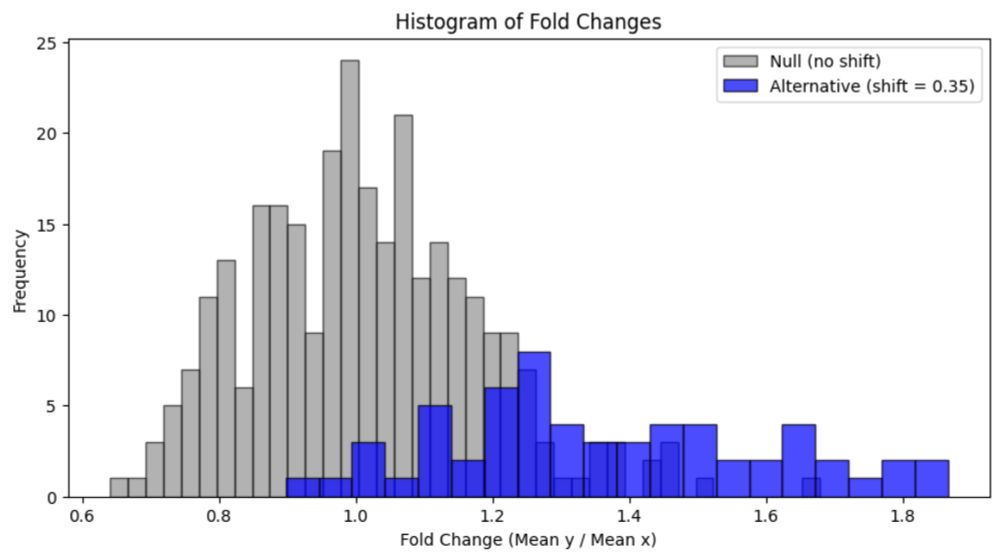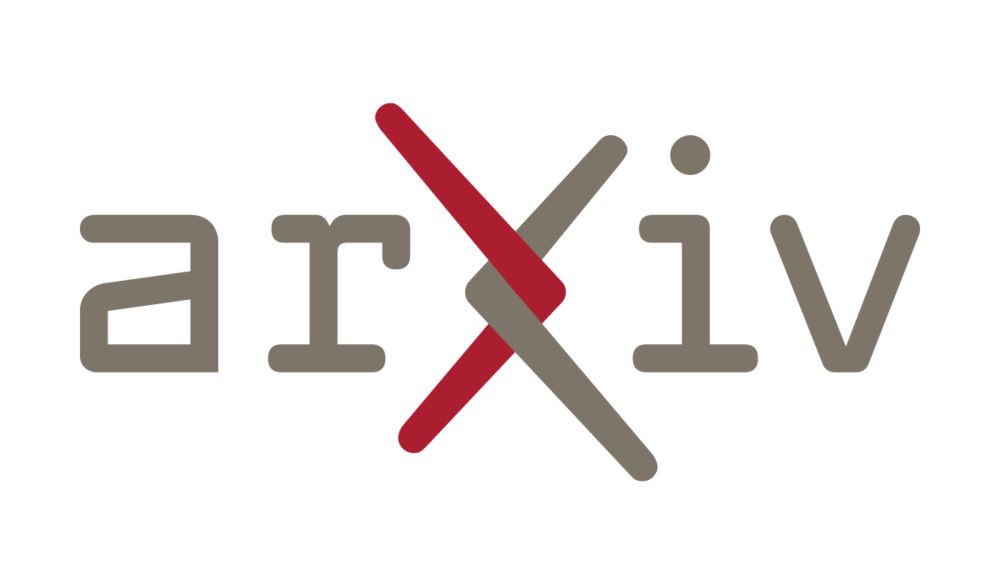Øystein Sørensen
@osorensen.bsky.social
450 followers
54 following
22 posts
Professor in Biostatistics, Department of Psychology, University of Oslo
Posts
Media
Videos
Starter Packs
Reposted by Øystein Sørensen
Dorothy Bishop
@deevybee.bsky.social
· Jun 17
Lior Pachter
@lpachter.bsky.social
· Jun 16

Reply to: Reply to: False positives in the study of memory-related gene expression
In the Nature paper “Spatial transcriptomics reveal neuron–astrocyte synergy in long-term memory” published on March 14th, 2024, authors Sun et al. claimed to identify cell-type specifi…
liorpachter.wordpress.com
Reposted by Øystein Sørensen
Reposted by Øystein Sørensen
Anders M Fjell
@andersfjell.bsky.social
· Apr 30

Reliability of structural brain change in cognitively healthy adult samples
Abstract. In neuroimaging research, tracking individuals over time is key to understanding the interplay between brain changes and genetic, environmental, or cognitive factors across the lifespan. Yet...
direct.mit.edu
Reposted by Øystein Sørensen
Øystein Sørensen
@osorensen.bsky.social
· Apr 27
Øystein Sørensen
@osorensen.bsky.social
· Dec 26
Øystein Sørensen
@osorensen.bsky.social
· Dec 19

Sequential Rank and Preference Learning with the Bayesian Mallows Model
The Bayesian Mallows model is a flexible tool for analyzing data in the form of complete or partial rankings, and transitive or intransitive pairwise preferences. In many potential applications of pre...
arxiv.org
Øystein Sørensen
@osorensen.bsky.social
· Nov 27
Øystein Sørensen
@osorensen.bsky.social
· Nov 27
Øystein Sørensen
@osorensen.bsky.social
· Nov 25

GitHub - coatless/quarto-webr: Community developed Quarto Extension to Embed webR for HTML Documents, RevealJS, Websites, Blogs, and Books.
Community developed Quarto Extension to Embed webR for HTML Documents, RevealJS, Websites, Blogs, and Books. - coatless/quarto-webr
github.com
Reposted by Øystein Sørensen
Lea Michel
@leacmichel.bsky.social
· Oct 26









